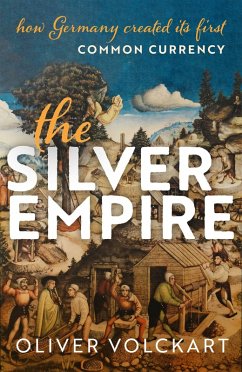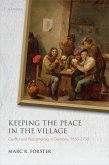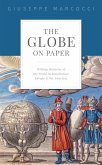The Silver Empire is the first comprehensive account of how the Holy Roman Empire created a common currency in the sixteenth century. The problems that gave rise to the widespread desire to introduce a common a currency were myriad. While trade was able to cope with-and even to benefit from-the parallel circulation of many different types of coin, it nevertheless harmed both the common people and the political authorities. The authorities in particular suffered from neighbours who used their comparatively good money as raw material to mint poor imitations. Debasing their own coinage provided an, at best, short-term solution. Over the medium and long term, it drove the members of the Empire into rounds of competitive debasements, until they realised that a common currency was the only answer that addressed the core of the problem. Oliver Volckart examines the conditions that shaped the monetary outlook of the member states of the Empire, paying particular attention to the uneven access to silver and gold. Following closely the negotiations that prepared the common currency, he is able to illuminate the interest groups that were formed, what their agendas and ulterior motives were, how alliances were forged, and how it was eventually possible to obtain majority agreement on what a common currency should look like: a silver-based currency that was introduced in 1559-66. In fact, in contrast to what historians once believed, the common currency they achieved turns out to have functioned not significantly worse than other currencies of the time: it had similar problems and similar advantages as the money issued by more centralized governments.
Dieser Download kann aus rechtlichen Gründen nur mit Rechnungsadresse in A, B, BG, CY, CZ, D, DK, EW, E, FIN, F, GR, HR, H, IRL, I, LT, L, LR, M, NL, PL, P, R, S, SLO, SK ausgeliefert werden.









